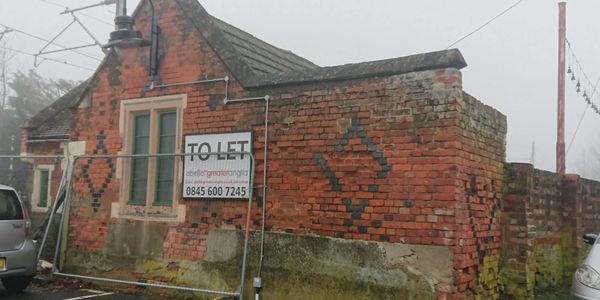HISTORY

Beginnings
The site was developed in 1843 by the Eastern Counties Railway during the railway extension from Brentwood to Colchester.
Plans for the present station were agreed between the Eastern Counties Railway and the landlord, Lord Petre, in 1846. Lord Petre transferred additional land for the station immediately to the North of the crossing. The style of the station building was deliberately similar to the nearby Ingatestone Hall and it is possible that the design of the crossing gatehouse also dates from 1846.
The design origins are from a notable architect of the time likely either Francis Thompson or Henry Hunt who were both acting as the railway company's architects at that time. Both were in the forefront of railway architectural design and closely associated with the prominent engineer Robert Stephenson.
The building follows the basic design of a 'Lodge' or 'Gatehouse' seen at the entrances to country estates and logically suitable for the overseeing of a railway level crossing . There are two small windows either side of the Living Room for this purpose plus a main doorway facing the running line for immediate access to the level crossing.

Coming of steam trains!
The first steam train which came through the station arrived in 1846 and was the beginning of the end of the importance of stagecoaches in Ingatestone.

Today
Once the last inhabitants left the Gatekeeper's cottage in the late 1950s, early 1960s, it began to fall into decline. It has been unused since 2010 . The cottage building has now been restored to the time of the last family living here.
Copyright © 2021 Ingatestone Museum Trust - All Rights Reserved.
parish photos with permission of ingatestone & fryerning archaeological & historical association
black and white rail photographs Reproduced with permission of the Great Eastern Railway Society. www.gersociety.org.uk